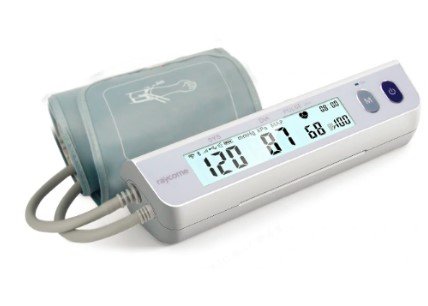Guidelines and Regulations for Medical Labs when Working with Chinese Manufacturers
Summary
- Medical labs in the United States must adhere to strict guidelines and Regulations when working with international suppliers, including Chinese manufacturers.
- These Regulations cover Quality Control, product labeling, documentation, and other requirements to ensure the safety and effectiveness of medical devices.
- Labs must also consider factors such as communication barriers, time zone differences, and potential cultural differences when dealing with international suppliers.
Introduction
Medical labs in the United States rely on a wide range of supplies and equipment to carry out their work effectively. In some cases, labs may need to work with international suppliers to source the products they need. When working with suppliers from countries like China, labs must ensure they are meeting all necessary guidelines and Regulations to maintain quality and safety standards. In this article, we will explore the specific guidelines and Regulations that medical labs in the United States need to follow when working with international suppliers, specifically Chinese manufacturers.
Regulatory Requirements
When sourcing products from international suppliers, medical labs in the United States must ensure that all products meet the necessary regulatory requirements set by the Food and Drug Administration (FDA). The FDA oversees the regulation of medical devices, including diagnostic equipment, reagents, and other lab supplies. Some of the key regulatory requirements that labs must consider when working with Chinese manufacturers include:
Quality Control
One of the most important aspects of sourcing products from international suppliers is ensuring that the products meet high-Quality Standards. Medical labs must work with Chinese manufacturers that have robust Quality Control processes in place to ensure the safety and effectiveness of their products. This includes regular inspections, testing, and documentation to verify the quality of the products being supplied.
Product Labeling
Proper labeling of medical devices and supplies is essential to ensure their safe and effective use. Medical labs must ensure that products sourced from Chinese manufacturers are properly labeled according to FDA Regulations. This includes providing clear and accurate information about the product, including its intended use, ingredients, and any potential risks or side effects.
Documentation
Accurate and complete documentation is crucial when working with international suppliers. Medical labs must ensure that they have all the necessary documentation from Chinese manufacturers to verify the quality and safety of the products being supplied. This includes certificates of analysis, manufacturing records, and any other relevant documentation required by the FDA.
Communication Challenges
When working with international suppliers, medical labs in the United States may encounter communication challenges that can affect the quality and timeliness of the products being supplied. Some of the key communication challenges to consider when working with Chinese manufacturers include:
Language Barriers
Language barriers can make it difficult to communicate effectively with Chinese manufacturers. Medical labs must ensure that there is clear and accurate communication between all parties to avoid misunderstandings that could impact the quality of the products being supplied. This may involve using interpreters or translators to facilitate communication as needed.
Time Zone Differences
Time zone differences between the United States and China can also impact communication and collaboration with Chinese manufacturers. Medical labs must be mindful of these differences and plan their communication strategies accordingly to ensure timely responses and updates from suppliers. This may require scheduling meetings at different times or using email and other communication tools to stay in touch across time zones.
Cultural Differences
Finally, cultural differences between the United States and China can also play a role in communication challenges when working with Chinese manufacturers. Medical labs must be sensitive to cultural differences and norms that could impact the relationship with their suppliers. This may involve adapting communication styles, addressing any cultural concerns, and building strong relationships based on mutual respect and understanding.
Conclusion
When working with international suppliers, specifically Chinese manufacturers, medical labs in the United States must adhere to strict guidelines and Regulations to ensure the quality and safety of the products being supplied. By considering factors such as regulatory requirements, communication challenges, and cultural differences, labs can navigate the complexities of sourcing products from international suppliers effectively. By following these guidelines and Regulations, medical labs can maintain high standards of quality and safety in their operations.

Disclaimer: The content provided on this blog is for informational purposes only, reflecting the personal opinions and insights of the author(s) on the topics. The information provided should not be used for diagnosing or treating a health problem or disease, and those seeking personal medical advice should consult with a licensed physician. Always seek the advice of your doctor or other qualified health provider regarding a medical condition. Never disregard professional medical advice or delay in seeking it because of something you have read on this website. If you think you may have a medical emergency, call 911 or go to the nearest emergency room immediately. No physician-patient relationship is created by this web site or its use. No contributors to this web site make any representations, express or implied, with respect to the information provided herein or to its use. While we strive to share accurate and up-to-date information, we cannot guarantee the completeness, reliability, or accuracy of the content. The blog may also include links to external websites and resources for the convenience of our readers. Please note that linking to other sites does not imply endorsement of their content, practices, or services by us. Readers should use their discretion and judgment while exploring any external links and resources mentioned on this blog.
